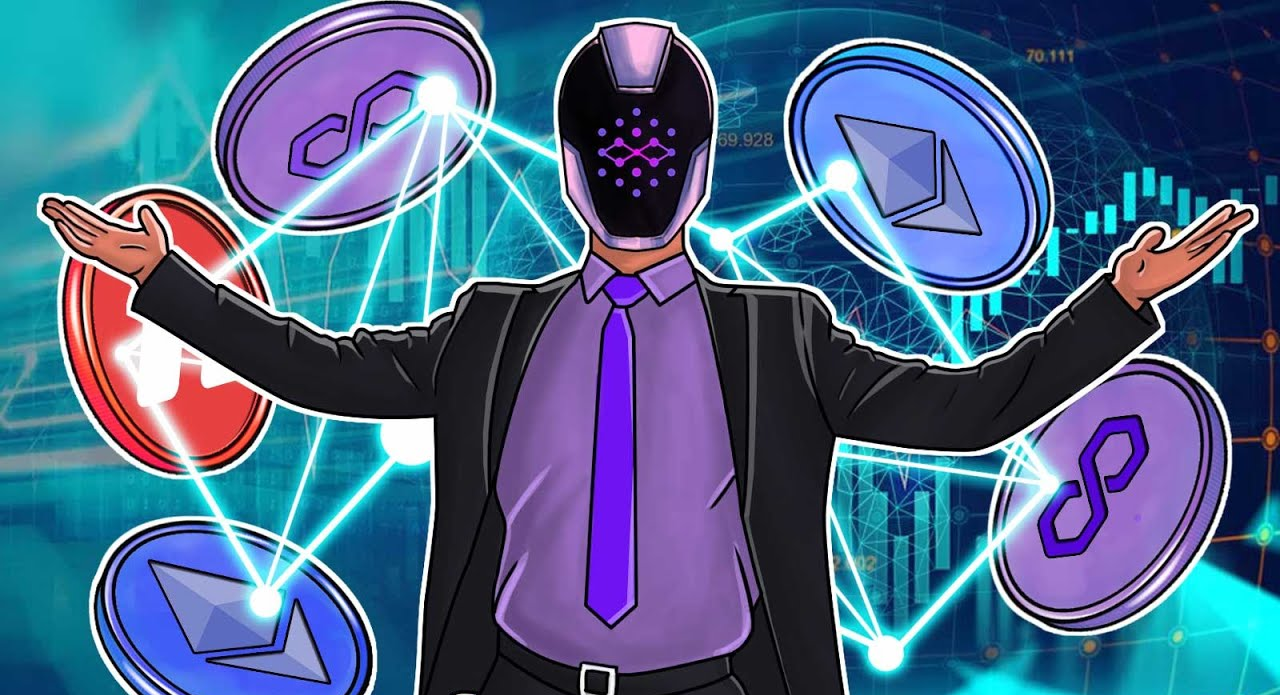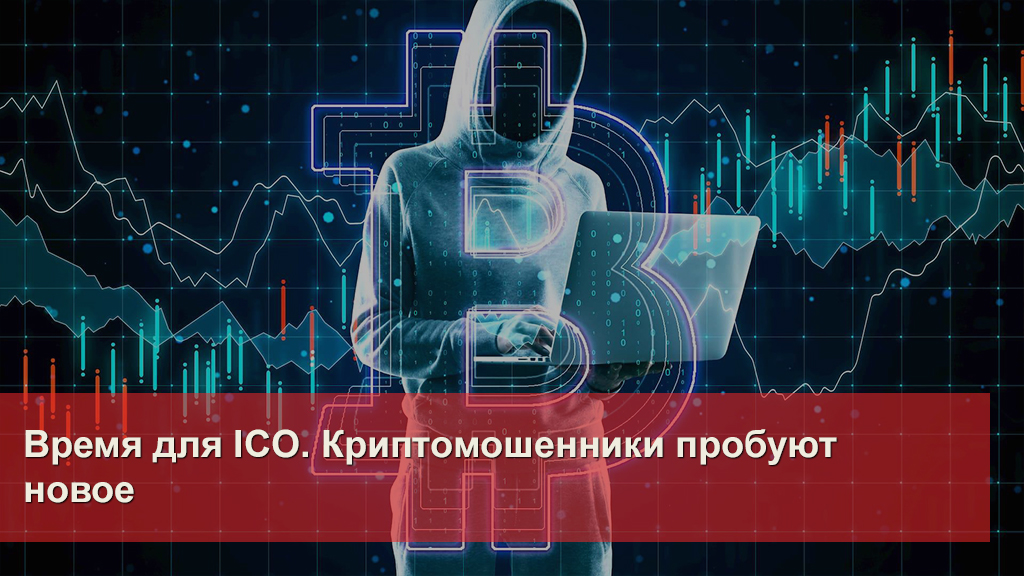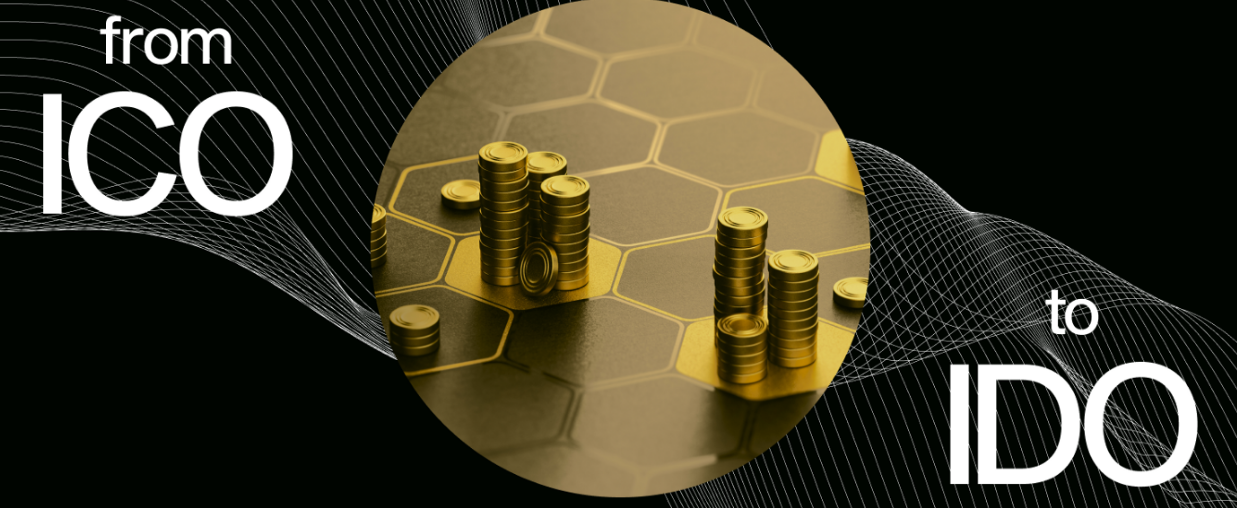The world of cryptocurrencies is teeming with new projects, and launching tokens through ICO and IDO has become almost commonplace. However, in this turbulent activity, schemes disguised as investments are increasingly encountered. Instead of real technology development – sheer deception. Money is collected, beautiful words are spoken, but nothing happens.
Fraudsters exploit the weak regulation of this segment. They don't need to undergo licensing, gather reports, or show audits. All they need is a domain, design, and imagination. Pictures – check, token – ready. All that's left is to turn on targeted advertising, visit a couple of crypto forums, and make a few paid posts on behalf of “investors.”
But along with this, the number of schemes using ICO fraud or IDO scams is growing. It seems like money is being collected for a launch, but in reality, it's just taken and that's it. This is how deception in crypto investments manifests, when behind the bright packaging, there's no product or goals.
How the Appearance of a Real Project is Created
One of the main tricks is creating an outwardly reliable image. Projects with no team or product often look better than real startups. Because they are selling not an idea, but the illusion of reliability. The website design might be better than that of genuine exchanges. The “white paper” – skillfully translated into several languages, filled with terms, graphs, and plans. A Telegram chat is created, populated by fake users – in reality, bots or freelancers paid for activity.
All of this works on an emotional level – “if so many people are interested, it must be serious.” And immediately a button appears (buy tokens right now). And if doubts arise – they are quickly calmed with reviews and fake articles on various blogs.

Some go even further. They buy ads from bloggers, organize fake sessions with the “founder,” and even publish news on clones of popular publications. All for one purpose – to gain trust, even if only for a few minutes. This is a classic manifestation of schemes based on IDO scams and ICO fraud.
Signs to Pay Attention To
If you analyze it, almost all scam projects resemble each other. They share the same signs. It's important not only to see what's written but also to be able to read what the project lacks. Pay attention to the following:
- the project has no smart contract audit, or it's supposedly in progress;
- technical documentation is general, without specific timelines and calculations;
- there is no legal information on the website (no company, no address, no persons);
- the team is a set of photos with made-up names, without active profiles;
- comments are disabled on social networks, or they are all template;
- “partners” do not confirm their participation, their logos are simply inserted on the site;
- phrases like “guaranteed growth,” “10x income,” “100% in a month” are used;

If several such signs are detected at once – it is almost certainly an IDO scam or ICO fraud. And if the project itself looks like a copy of another – the conclusion is obvious. To avoid this, thorough verification of crypto projects is necessary, not just a cursory glance at the website and advertising.
At What Stage Deception Most Often Occurs
Deception is built step by step. It does not happen immediately. First – marketing. There, they will tell you that the project solves a global problem, show a video with music from a presentation, and promise a revolution. Then – pre-sale. It's important to “be in time,” “enter before listing,” “take your place in the future.” Everything is built on haste.
At this stage, money is already being collected. People transfer funds in exchange for tokens that have no real value. Then the team either disappears completely or starts imitating hectic activity. Rare posts, promises, new plans. But nothing changes.

As a result, after a few weeks or months, the project simply disappears. The website is turned off, social networks are deleted, no traces remain. The money goes to anonymous wallets, and new collections begin, but under a different name. This is the classic end of such schemes.
Why You Can't Trust Just the Image
Real startups are often limited in budget and focus on development, not visuals. Fraudsters are the opposite – they spend money on a show because they have nothing else. You shouldn't rely on appearances, reviews, comments, and supposedly expert opinions. All this can be bought, generated, and manipulated. There are whole farms of fake accounts that create the appearance of discussion, interest, and hype.

It's recommended to check contracts, read discussions on independent forums. Only meticulous verification of crypto projects will help distinguish a real idea from a dud. If this is not done, one can easily fall into a trap and become another victim of deception in crypto investments.
